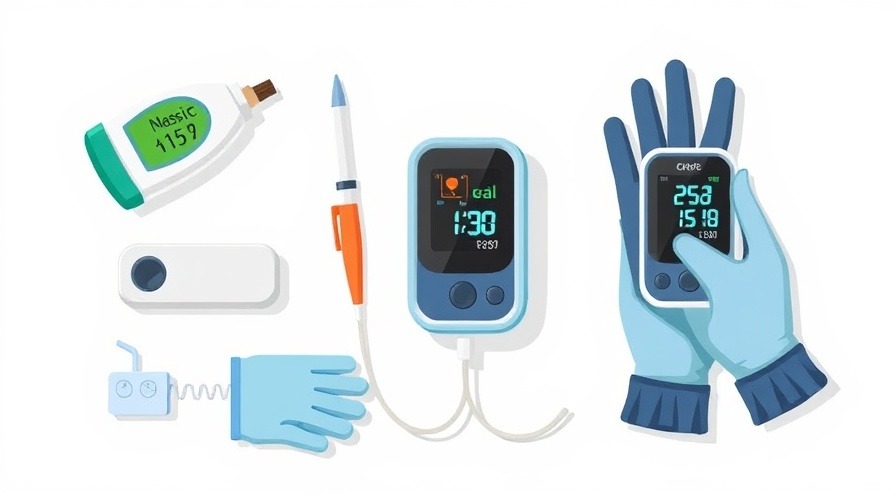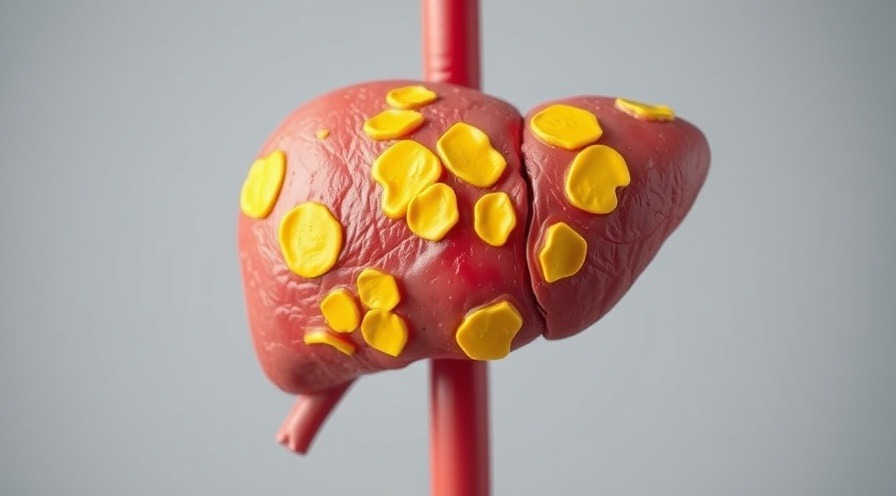
Understanding Pulse Oximetry: A Lifesaving Tool
As healthcare professionals, one of the pivotal tools at our disposal is pulse oximetry, a non-invasive and painless method for gauging the oxygen saturation in our blood. This tool, especially during times of health crises, helps monitor if patients are receiving adequate levels of oxygen—a crucial factor for survival. A normal oxygen saturation level, or SpO2, is generally accepted to be 95% or above, and anything lower can indicate serious potential health risks.
In 'Vital signs - Oxygen saturation (SpO2): Clinical Nursing Care,' the discussion dives into the significance of accurate oxygen measurement, exploring key insights that sparked deeper analysis on our end.
Unpacking the Technology Behind Pulse Oximeters
A pulse oximeter consists of a light-emitting probe paired with a photodetector. When the device is attached—often to a finger, toe, or earlobe—it sends two wavelengths of light through the skin to determine how much hemoglobin in the blood is saturated with oxygen. Both technology and methodology of placing probes can vary based on the patient's condition, such as using forehead or earlobe sensors in cases of compromised blood flow, leading to more accurate readings than finger probes.
Common Challenges and Sensitivity of Readings
While pulse oximeters are beneficial, they can yield inaccurate readings due to several factors: poor blood circulation, movement, bright ambient light, and even the application of nail polish. Patients suffering from hypoxemia can present low readings, so understanding these nuances is critical for healthcare professionals. Moreover, in cases of carbon monoxide poisoning, a pulse oximeter can deliver misleading results, as it cannot differentiate between oxygenated hemoglobin and carboxyhemoglobin, exposing patients to further risks.
Caring for Patients and Monitoring Oxygen Levels
For optimal patient care, it's essential to stay vigilant in monitoring SpO2. Whether continuous or intermittent, ensuring the right probe is placed correctly is key. For children, who tend to be more restless, attaching the sensor securely and using appropriate probes minimizes inaccuracies. Regularly checking under the probe for skin integrity and periodically moving the sensor to fresh skin can help avoid injuries and improve comfort during monitoring.
Documenting Patient Care for Improved Outcomes
As with any medical process, accurate documentation of SpO2 readings is crucial. Recording the values you observe helps track the patient's health status over time and ensures continuity of care. This includes noting the date, time, and context—such as the patient's symptoms or any variations in activity—that may impact oxygen saturation levels.
Pulse oximetry has transformed patient monitoring, offering a window into the body’s oxygenation levels with minimal interventions. By integrating this technology with thorough patient observations, healthcare providers can enhance care quality and responses to any potential crises.
As we navigate the complexities of health and wellness, understanding vital signs like oxygen saturation is essential. If you're interested in further enhancing your health knowledge, don't hesitate to explore more resources related to monitoring and managing your health effectively.
 Add Row
Add Row  Add
Add 




Write A Comment